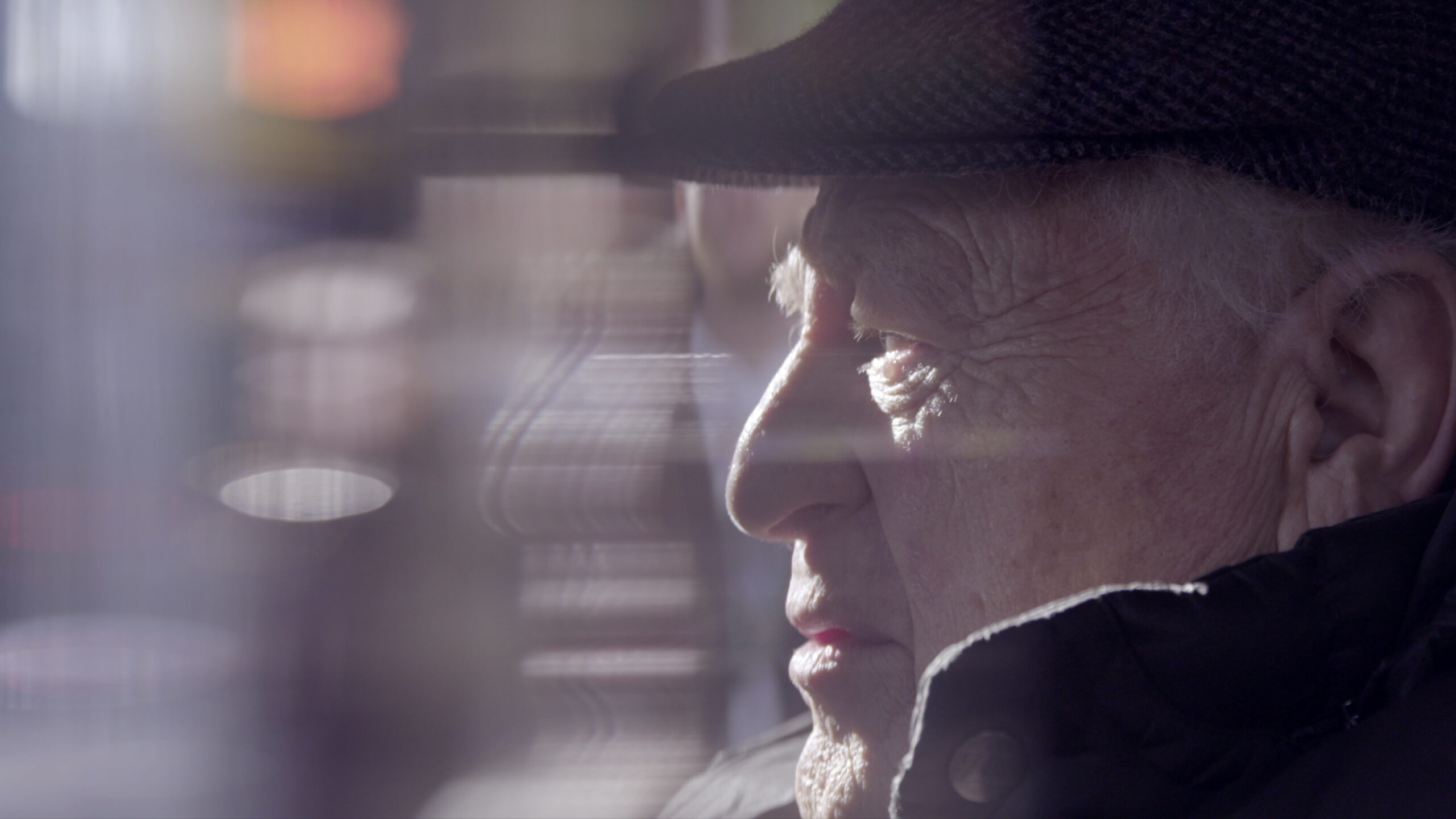
The Wild One explores the journey of Holocaust survivor Jack Garfein and how his trauma would impact him as a director and filmmaker.
Orson Welles once said of Garfein that “If there had not been a Jack Garfein, Hollywood would have invented him!”
The generation of Shoah survivors are dying out. Garfein passed away at the end of 2019. Born in Czechoslovakia in 1930, his family moved to Hungary because they thought it would be safe from the Nazis. They hid out there before being transported to Auschwitz. By the end of the war, he had been sent to a total of 11 concentration camps and his entire family had been murdered. To survive the camps, Garfein had to put on an act. Orphaned by the Nazis, Garfein would make his way to the United States in 1946. Following his time at the Dramatic Workshop, Garfein would become the first theatrical director to receive membership at the Actors Studio. End as a Man became the first Actors Studio to move to Broadway in 1953.
His work took him to Hollywood in 1966 with the founding of Actors Studio West. Behind the camera, he took on the Production Code with The Strange Ones in 1957. For Garfein, the segregation in the US would come as a shock. He talks about his experience riding public transit shortly after moving to America. Here’s this guy who was sent to camps because of being Jewish and told that he couldn’t sit at the back of the bus because that’s where the Blacks sit. He could not believe it. Experiences like this one would help to inform future work.
One could say that it was his destiny to direct the movie. Sam Spiegel and Garfein didn’t really get along when it came to filming the movie. Spiegel’s approach comes as a businessman so you can’t blame him for wanting to lessen the homosexual tones and the racism. Having Black actors in a film during this era would almost certainly mean no box office from theaters in the south. Garfein’s contract with Columbia Pictures would prematurely end as a result of the film. This film would ultimately land him on a Hollywood blacklist.
The blacklist would not stop Garfein from making a second movie. Garfein would direct Something Wild from a script co-written with novelist Alex Karmel. Foster Hirsch says that “historically, he can be placed at the beginning of the independent filmmaking movement in America.” Hirsch also describes it as a lyrical film and captures the city in a poetic way. He also says the flim is “an authentic time capsule of that time.”
There is a rape scene in the film and experts describe it as being “absolutely accurate.” If this is triggering, you might want to avoid this film or fast-forward when you watch it at home. The fact that Garfein directs his wife, Carroll Baker, adds another layer to it. Because of the Production Code, rape is something that you just wouldn’t see on screen. In many ways, this film broke cinematic standards. But if this film is of interest, The Criterion Collection released a Blu-ray in 2017.
His personal trauma from the Shoah would be reflected through his filmmaking. Unfortunately, both films were commercial failures in the US. You could say that he landed in director’s jail or whatever it was known as in the 1960s. Garfein’s work would have fit in better with the European cinema of the time. Watching images of his work is no different from watching Ingmar Bergman’s imagery on screen.
It wouldn’t be a documentary on Garfein without discussing his own theories on acting. He taught acting and directing for over 40 years. Garfein was a student of Lee Strasberg before going into directing. One can only wonder how Garfein might respond to questions asked today about method acting.
Garfein’s Shoah experience makes the following quote pretty damning: “Holocaust people say Never Again. I always want to throw my shoe at them. Never again? I would say, keep your eyes open!”
It’s true. Jews do say “Never Again!” At the same, we have to keep our eyes open because you never know if or when history will repeat. It’s why I’m not silent when Republicans are pulling the same Nazi tactics towards the transgender community. And I can say this, too, not just because I’m Jewish but because I had family murdered by the Nazis.
Tessa Louise-Salomé tells Garfein’s story in a mix of interviews–sit down and on location–and in Willem Dafoe’s narration. Dafoe also reads the narration in first person, which leads me to wonder what the source material is. An interesting choice in the film is the decision to tell a non-linear narrative. At one point, we’re watching a discussion on The Strange Ones. But in another moment, we go right back to memories from being in the camps. A previous documentary followed Garfein on his journey back to Auschwitz and his home.
If you’re not familiar with Jack Garfein, The Wild One will introduce you to him both as a teacher, filmmaker, and a survivor. This film really shows how the impact of the Shoah and how it would forever influence Garfein’s own work. May his memory be a blessing.
DIRECTOR: Tessa Louise-Salomé
SCREENWRITERS: Tessa Louise-Salomé, Sarah Contou-Terquem, in collaboration with Elizabeth Schub-Kamir
NARRATOR: Willem Dafoe
FEATURING: Jack Garfein, Blanche Baker, Peter Bogdanovich, Patricia Bosworth, Dick Guttman, Geoffrey Horne, Foster Hirsch, Irène Jacob, Kate Rennebohm, Bobby Soto
The Wild One holds its world premiere during the 2022 Tribeca Festival in the Documentary Competition. Grade: 3.5/5
Please subscribe to Solzy at the Movies on Substack.





